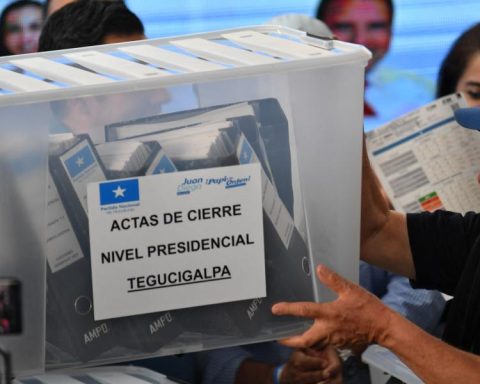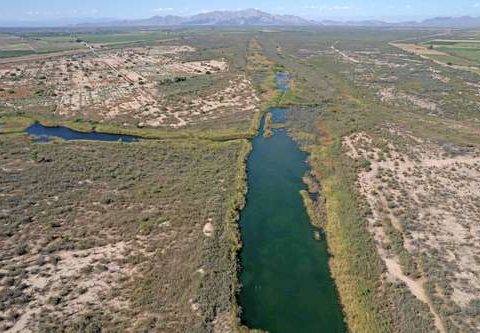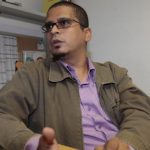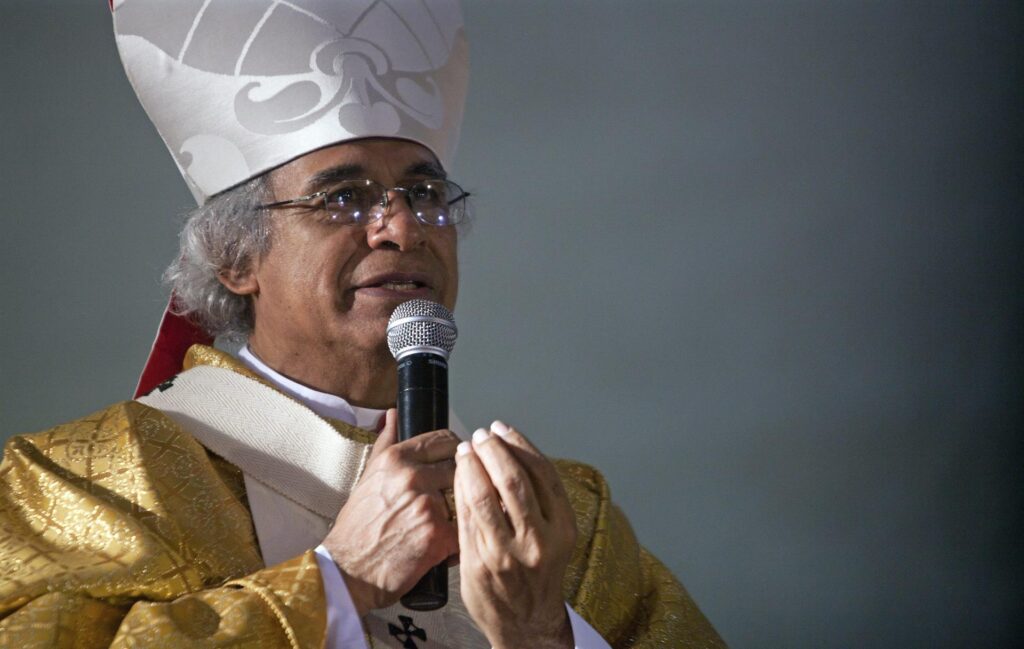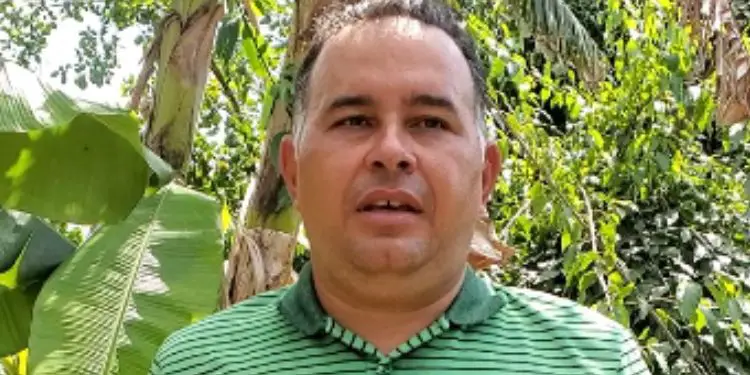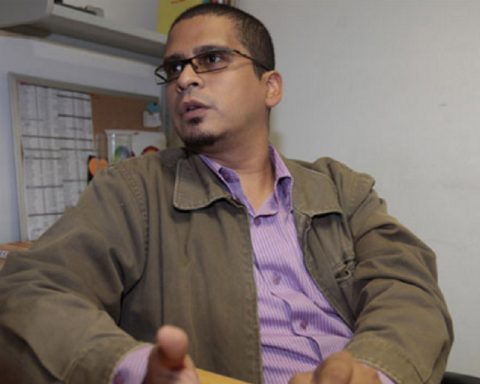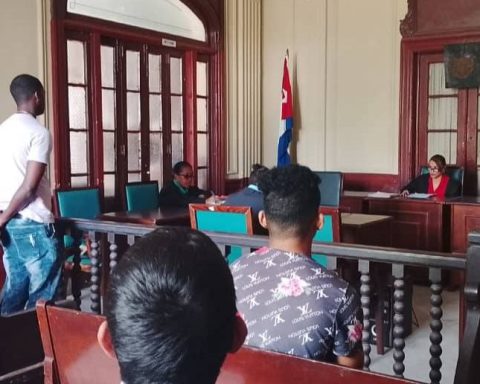However, “participants generally noted that upside risks to the inflation outlook remained a key factor determining the policy outlook,” and that interest rates would need to rise and stay high “until inflation comes to a head.” clearly in the path of the 2%”.
Only “a few” participants were outspoken in favor of a hike of more than half a percentage point at the meeting, or said they “could have supported it.”
The minutes showed the Federal Reserve cruising towards a potential end point to its current rate hikes, both slowing the pace to move more cautiously towards a possible stop, but also leaving open the question of how far they will eventually rise if inflation does not slow down.
During a year in which the Federal Reserve caught up with an inflation rate that soared to its highest level in 40 years, the central bank raised its key interest rate in eight meetings, from a starting point close to zero last March to the current 4.50%-4.75%.
The February 1 policy statement said “continued increases” would still be necessary, but shifted attention from the pace of upcoming rate hikes to their “reach,” a nod to the fact that policymakers believe they may be approaching an adequate rate to continue advancing in the reduction of inflation.
Since the last meeting, the data has shown an economy continuing to grow and create jobs at an unexpectedly fast pace, and moving less steadily toward the Federal Reserve’s 2% inflation target.
The minutes showed that Fed officials remain cognizant of the risk that they may have to do more to keep inflation lower, a hawkish bias that may be more apparent when they release new economic and rate forecasts at a meeting. within four weeks.


